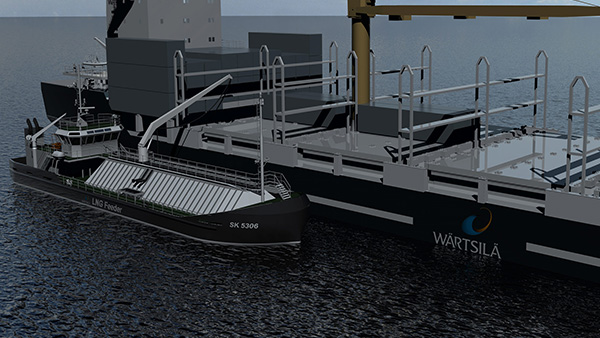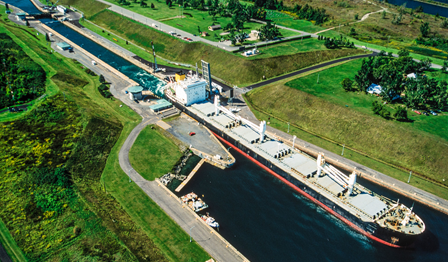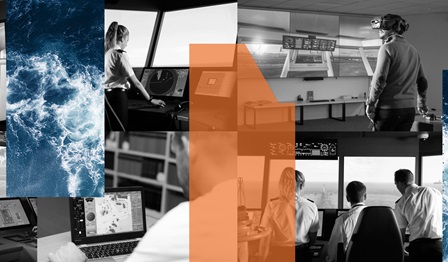
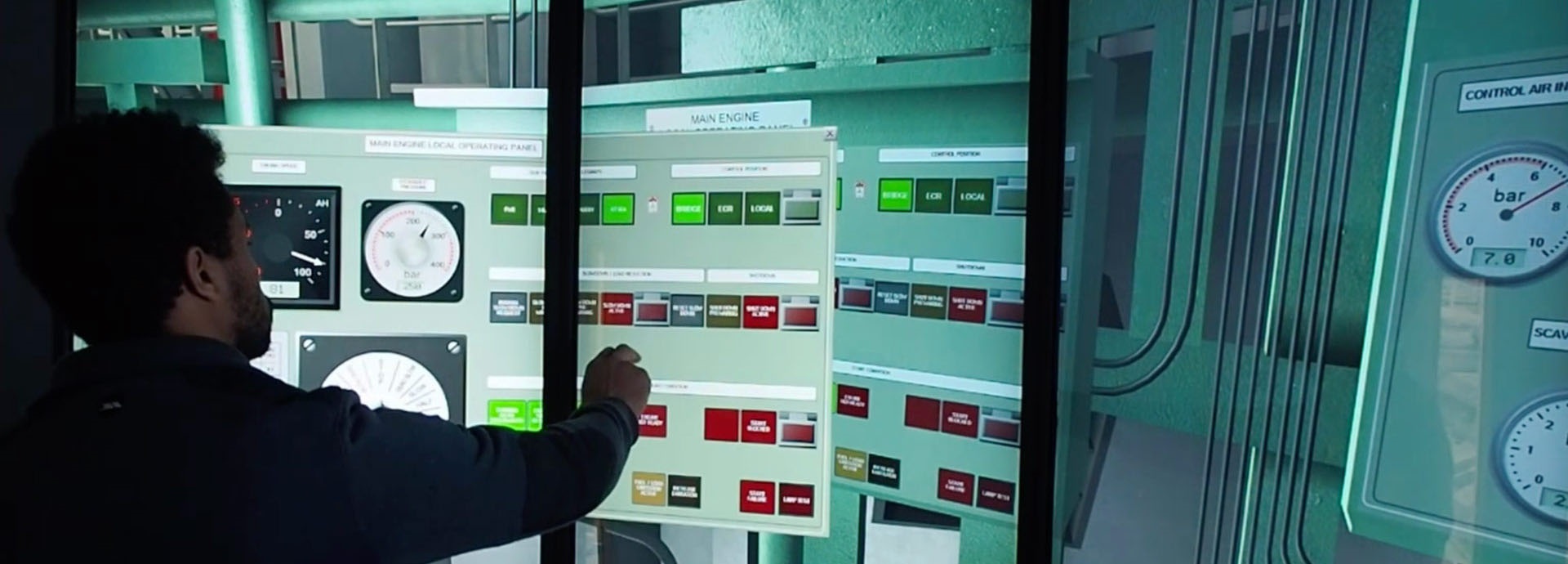
Wärtsilä Technological simulator
Whether you are looking for standard or type-specific training, our technological simulators will allow your trainees to quickly grasp both the fundamentals and the most advanced aspects of the required training. The models cover and exceed all the STCW requirements being built to manufacturer standards.
The platform is specifically designed to train and assess engine department and liquid cargo handling personnel and runs a wide range of ship models of Engine Room Simulation and Liquid Cargo Handling Simulation, depending on the user’s choice.
Using cloud simulation technology and the latest in virtual reality, the simulators provide a highly interactive approach to training. The latest technology creates the perfect environment for the user to maximise user experience, regardless of location. Also, the cloud-based simulation is exactly the same as the physically installed simulators, sharing the same simulation software and modelling to maximise commonality and efficiency.
Key benefits
- Verified simulated behaviours against actual Wärtsilä equipment such as W31 Hybrid Drive, LNGPac™ and Aquarius BWTS.
- e-Tutor makes the assessment process more straightforward both for the instructor and the trainee.
- Smart Realities enable immersive training via interactive Virtual Reality walkthroughs and equipment maintenance.
- Cloud simulation service allows access from anywhere for instructors and trainees, with online data storage.
- Multi-language supports localisation and reduces the language barrier.
- Blended learning through various mediums, including physical installations, online cloud simulators, and even flexible VR solutions.
- Flexible set-ups that are suitable for different training needs and business models: one-off purchase, subscription model, pay-as-you-use (cloud simulation), and the possibility to add or remove models.
Key features
- Training applications include, but are not limited to:
- Engine room equipment familiarisation
- Tanker arrangement and cargo handling facilities familiarisation
- LNG bunkering and fuel gas supply systems familiarisation
- System layout and flow diagrams
- Control system and automation
- Alarm and safety systems
- Watchkeeping and troubleshooting
- Cargo handling operations in standard and emergencies
- Emission control and fuel economy management
- Engine resource management
- Efficiency training
- High voltage electrical training
- IGF Code training - Instructor workplace functionality, shared between Engine Room and Liquid Cargo Handling simulators, allows exercise preparation, online control, monitoring of student learning process, and exercise briefing and debriefing.
- The e-Tutor application guides trainees via operating procedures and emergency responses, automatically assessing their performance and keeping records of their results.
- Trainee Workplace offers numerous remote and local functionalities corresponding to the selected Engine Room or Liquid Cargo Handling model.
Solution in numbers
simulators installed using our technology
companies and institutions train with our solution
countries trust our technological simulators
All technological simulators
Wärtsilä LNG Bunkering and Fuel Supply System Simulators
Raise the level of your training and safety onboard with our hyper realistic 3D LNG bunkering and supply systems simulator.
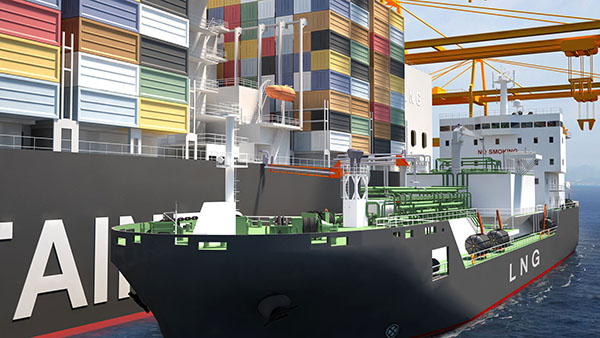
Wärtsilä Liquid Cargo Handling Simulators
Liquid Cargo Handling Simulators (LCHS) are designed to train and certify crew members of liquid cargo tankers, gas carriers and terminals, as well as other staff responsible for the safe handling of cargo and the operation of auxiliary equipment.
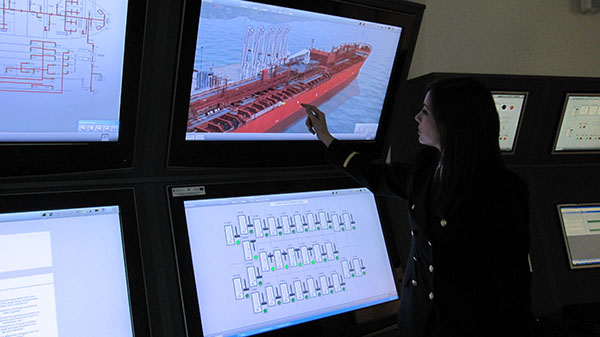
Wärtsilä Engine Room Simulator
Exact simulation of machinery and engine room compartments to train and assess the competence of the engine department personnel.
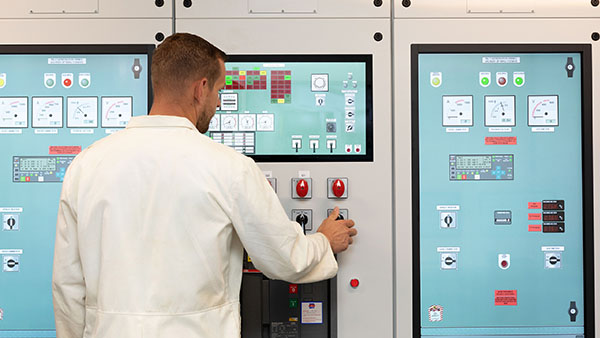
Wärtsilä High voltage training breaker
For hands-on training in high voltage operations with actual hardware set-up and a fully featured Virtual Reality software.
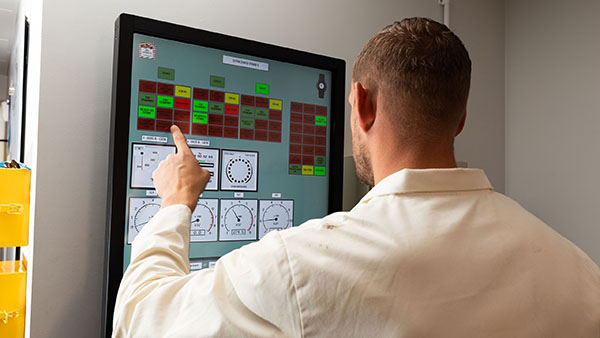
Wärtsilä Low-speed engine dual-fuel tanker simulator
Comprehensive and flexible solution for training and assessment of ship engineers and LNG bunkering personnel.
